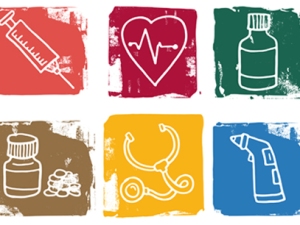Crowdsourcing has become a prominent topic in the news cycle the past few weeks. Zach Braff of “Scrubs” caused a stir when the multimillionaire used the crowdfunding site Kickstarter to raise money for his new film venture. Crowdsourcing runs much more deep than just funding sites, however.
I’ve come across some research studies recently that used crowdsourcing to complete the procedures with larger populations than would be available for traditional research studies. Instead of one team of researchers at one location getting together a group of people to run an experiment, these studies define the process of evaluation, define the procedures, and let a decentralized “crowd” of people to run the experiment. In essence this is what PatientBase intends to do. Although instead of defining what the procedures of the experiment are, it creates a platform from which users can specify procedures and evaluations.
There are of course some obvious pros and cons to this approach. A pro is that you no longer need the resources of a research institution to run these experiments. If someone sees a project that interests them, they can run it in order to contribute to the overall results. An obvious con is that you will not be able to monitor the accuracy with which the procedures are executed. This con, however, might be offset by the larger sample size that would be created. These issues require more exploration.

